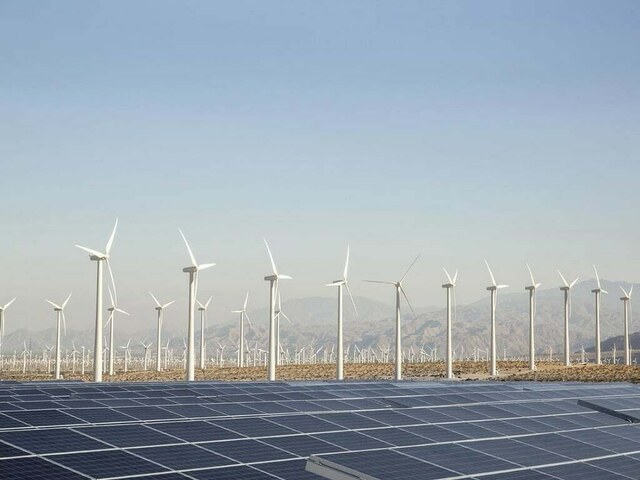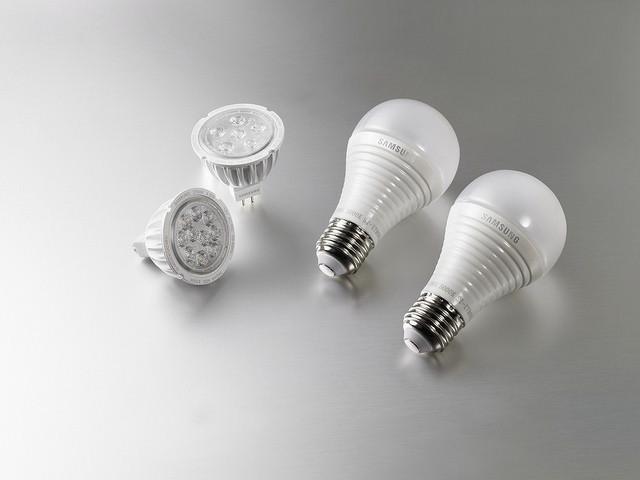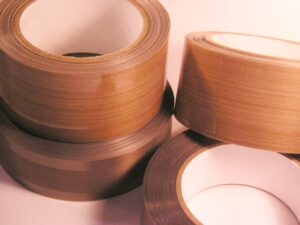Become Less Energy Efficient

Televisions are growing!
10 years back, I would certainly check out a big-screen television as well as question if I would ever own something. I constantly thought that they were too expensive and also just high-class wealthy people might just manage it. But then again, that was ten years earlier. Costs have actually boiled down substantially given that and the size of the screens have ever so grown. Does it feel like anything less than a 50? HDTV is also small. Nevertheless, there’s always a cost to pay. With bigger displays, the energy consumption of these TVs has increased. Not to make it feel like they have actually become much less energy reliable for many years, it’s simply that larger things normally need more power to make them functional. Given that an increasing number of individuals are getting larger television’s nowadays, the federal government took notice, and also Energy Star also revised its standard for television energy performance.
Power Star Specifications For Televisions
On September 3, 2009, Energy Star finalized its updated specifications for televisions. Variation 4.0 goes into effect on May 1, 2010, and also Version 5.0 enters into impact 2 years later on in 2012. To be Power Star ranked, the television should meet these new spec requirements.
The Power Celebrity requirement for television greater than 50 inches will certainly be that of the 50-in television classification. If 72-inch HDTV meets every one of the demands of the 50-in group, then it will certainly receive a Power Celebrity tag. So, Variation 5.0 televisions will be 55-65% more efficient than those that are being made use of today. Today, an average American house resides just over 2 Televisions. There are more than 112 million homes in the USA, which equates to about 225 million television currently being viewed every day in America. Power Celebrity website estimates 250 million Televisions in America today. That’s a lot of televisions as well as the new requirements will certainly help reduce a lot of kilowatts taken in!!
The Majority Of Energy Effective HDTVs I love Cnet.com for their extensive research study and item testing for whatever technical item you might be looking for. I did a simple search on their site for the majority of energy-efficient tvs as well as they recently uploaded an article describing simply that. I will summarize their findings right here for you.
The Samsung UN55B8500 55-Inch 1080p 240 Hz LED HDTV is not for just anybody, as it flaunts a $4,000 cost. However, it did provide the most effective image quality of any type of LCD tested by Cnet.com. Its checked operational power consumption of 136 watts is exceptional provided the size of the TV. Its estimated annual operational expense is simply $30.
The Sharp AQUOS LC46LE700UN 46-Inch 1080p 120 Hz LED HDTV is more economical than the Samsung over, listed at under $1,400. This is ranked as one of the most energy-efficient of its kind, yet the picture lights quality was simply typical. The functional power usage was checked at 102 watts and the approximate yearly expense is about $22.
The Samsung UN46B6000 46-Inch 1080p 120 Hz LED HDTV is comparable to the Sharp above, noted at around $1,600. This television gets a high rating for its design, but the efficiency is simply typical by its criteria. The operational power intake was checked at 106 watts and $23/year in power prices. Please take a moment to check out this website link to find additional tips and information.

The VIZIO VF551XVT 55-Inch XVT-Series TruLED 240 Hz SPS HDTV offers outstanding high quality for the buck, provided at $2,200. The functional power usage was examined at 162 watts with estimated energy costs at around $49/year.
The LG 47LH90 47-Inch 1080p 240Hz LED Backlit LCD HDTV is detailed at $1,800 and supplies severe shade and photos due to its backlit attribute. The checked operational power consumption was 141 watts, costing you about $31/year in energy costs.
The Sony BRAVIA VE5-Series KDL-46VE5 46-Inch is not geared up with LED technology, however, the price tag of concerning $1,200, and also the picture’s high-quality efficiency are still respectable. The functional power usage was examined at 125 watts with estimated power prices at $37/year.
So, there you have it. If you remain in the marketplace for a cinema HDTV, why do not you consider going environment-friendly and acquiring an environmentally friendly, energy-efficient HDTV?





